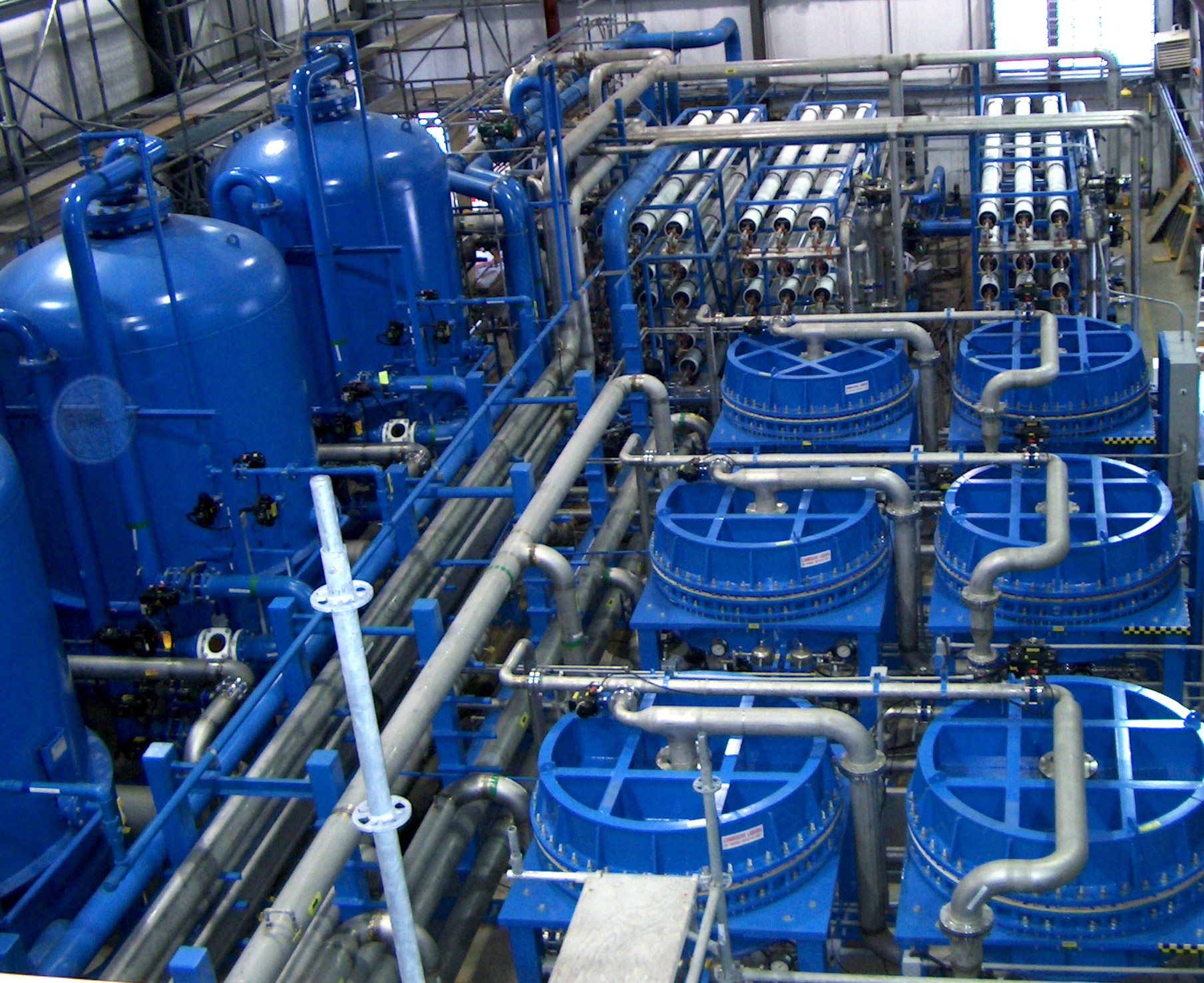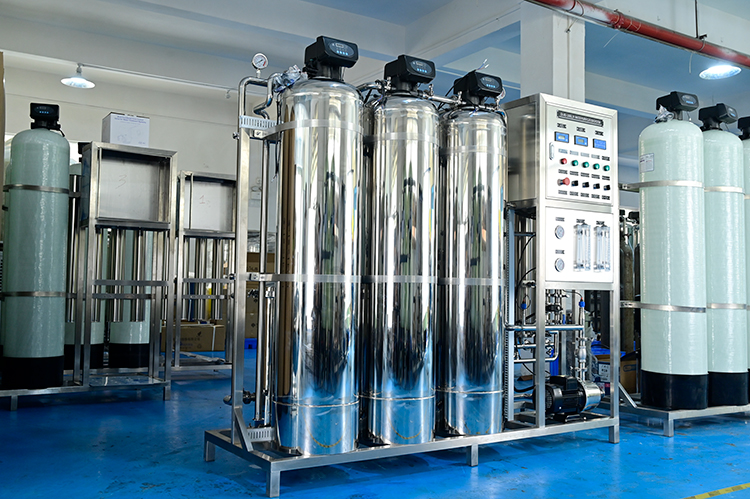What is the principle of reverse osmosis water treatment system?
Introduction: Reverse osmosis(RO) water treatment system is an important technology widely used in the field of water treatment. It purifies and desalates water through a process that reverses natural osmosis. This technology has wide applications in industry, agriculture and daily life. This article will start from the principles of reverse osmosis water treatment system and deeply explore its working mechanism, advantages and limitations.
What is the principle of reverse osmosis(RO) water treatment system?
The working principle of the reverse osmosis water treatment system is based on the reverse osmosis principle of the reverse osmosis (RO) membrane. A reverse osmosis membrane is a highly efficient filtration material that allows water molecules to pass through but blocks most salts and other impurities dissolved in the water. This process purifies water by applying pressure to move water through a membrane from the side with higher salt concentration to the side with lower salt concentration.
The membranes in this system are usually made of polyamide or other polymer materials. The tiny pores in the membrane allow water molecules to pass through while blocking most dissolved substances such as salts, bacteria, viruses and other impurities. This selective filtration ensures the output of pure water while maintaining efficient desalination.
Another important component of a reverse osmosis(RO) water treatment system is the high-pressure pump, which provides the pressure needed for water to pass through the membrane. The higher the pressure, the faster water passes through the membrane, but it also increases the energy consumption of the system. Therefore, optimizing pressure and water flux is key to system design and operation.

What are the advantages of reverse osmosis water treatment systems?
Reverse osmosis water treatment systems offer many advantages in water treatment, making them the technology of choice in many areas:
1. Efficiently remove pollutants: The reverse osmosis system can effectively remove dissolved salts, heavy metals, microorganisms and other harmful substances in the water to ensure the purity of the water.
2. Multi-purpose application: This system is suitable for the purification of various water sources, such as seawater, fresh water, sewage, etc., and can be used for drinking water, industrial water, agricultural irrigation, etc.
3. Low-cost operation: Although the initial investment may be higher, the operation and maintenance costs of reverse osmosis systems are relatively low, especially in areas where energy and water resources are scarce.
4. Simple operation: The operation of the reverse osmosis(RO) system is relatively simple and has a high degree of automation, which reduces the need for manual intervention.
5. High reliability: The reverse osmosis system operates stably, has a low failure rate and has a long service life. It is a reliable water treatment technology.
These advantages make reverse osmosis water treatment systems widely used around the world. However, it also has some limitations.

What are the limitations and challenges of reverse osmosis water treatment systems?
Although reverse osmosis(RO) water treatment systems excel in water treatment, they also face some limitations and challenges:
1. High energy consumption: The reverse osmosis process requires the application of higher pressure, which results in higher energy consumption of the system, especially in desalination applications.
2. Membrane fouling: The reverse osmosis membrane may be contaminated during operation, such as biological pollution, chemical pollution, or particle pollution, which will affect the performance and life of the membrane.
3. Wastewater discharge: The concentrated water (wastewater containing high concentrations of salt and other impurities) generated by the reverse osmosis system needs to be properly treated to avoid environmental impact.
4. Cost pressure: Although operating costs are low, the initial investment in the system is high, which may put pressure on some regions and industries.
5. Membrane replacement and maintenance: Reverse osmosis(RO) membranes require regular replacement and maintenance, which will increase the operating cost of the system.
Despite these challenges, reverse osmosis water treatment systems remain one of the most mature and widely used water treatment technologies worldwide. Through continuous innovation and optimization of technology, these limitations and challenges are expected to be gradually resolved.

Summarize
As an efficient water treatment technology, reverse osmosis(RO) water treatment system is widely used in drinking water purification, industrial water treatment, agricultural irrigation and other fields. Despite some challenges, such as high energy consumption and wastewater discharge, its advantages still make it the preferred water treatment technology in many fields. With the continuous development and innovation of technology, reverse osmosis water treatment systems are expected to continue to play an important role in the future, supporting the sustainable use of global water resources.




